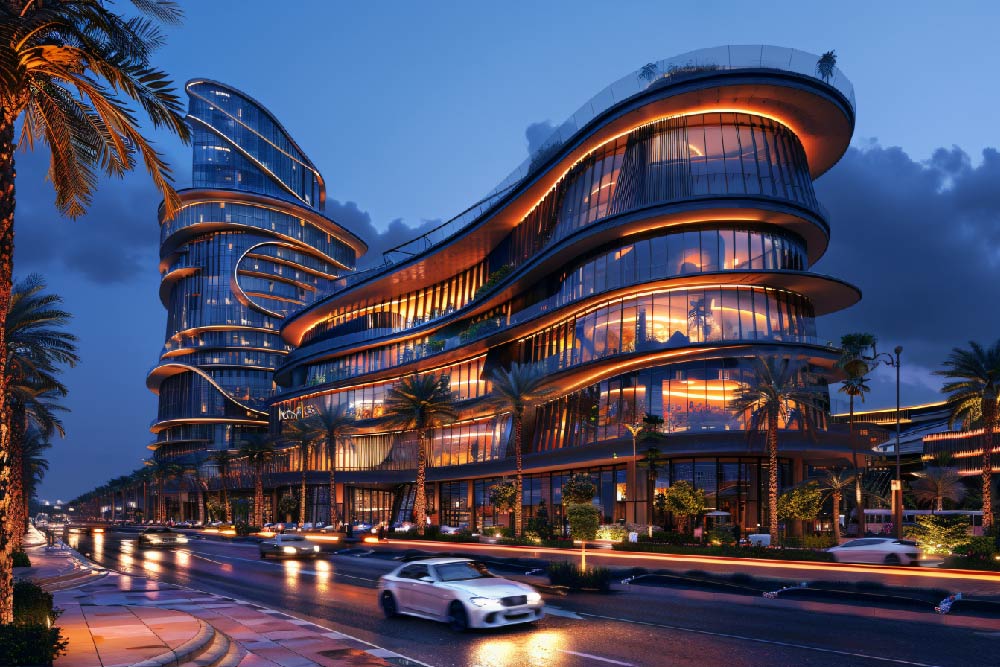
Buying your first home is often an emotional milestone. However, it is also one of the largest legal and financial transactions you will undertake. It is critical to remain vigilant and informed to avoid future complications and safeguard your investment.
Whether you are a first-time home buyer or considering a resale purchase, the legal process typically includes the following steps:
- Property search
- Legal due diligence and documentation
- Negotiation and agreement
- Home loan approval
- Registration
- Possession and handover
While these steps may vary slightly depending on the situation, ensuring legal due diligence is non-negotiable. Here’s a legal checklist every homebuyer in India should follow:
1. Property Title and Documentation
Verify the title of the property with documentation tracing back at least 30 years (or 12 years in the absence of earlier records). These documents will help establish:
- Clear chain of ownership and title transfer
- The nature of the title — freehold, leasehold, or development right
- Presence of a power of attorney or development agreement
- Any pending or past litigation
Establishing a clear and marketable title is critical to avoid future legal disputes.
2. Seller Identity and Authorization
Confirm the seller’s identity and their authority to sell the property. Depending on the type of ownership, you may need to validate:
- Residential status (important for NRI sellers or foreign entities)
- Joint ownership and necessary consents
- Guardianship or court authorization for minors or individuals with legal incapacity
Supporting documents such as PAN, Aadhaar, passport, or IT returns can help verify the seller’s identity and establish legitimacy.
3. Land Use and Conversion
Ensure the property is situated on land legally designated for residential use. Purchasing agricultural land or land with restricted usage can lead to legal complications. If land use differs from the zoning plan, ensure there is an approved change of land use from the local Town Planning Authority.
4. Construction Approvals and NOCs
If you’re buying a constructed property (apartment or villa), verify all sanctioned construction plans and approvals from relevant government departments such as:
- Local municipal corporation
- Fire safety and environmental boards
- Pollution control board
- Traffic and coordination departments
These approvals ensure that the property has legal access to basic amenities and infrastructure.
5. Occupancy Certificate (OC)
An occupancy certificate from the local municipal authority certifies that the property complies with all building codes and safety standards and is fit for occupancy. Absence of an OC may render the property illegal and expose the buyer to penalties or demolition risk.
6. Property Tax and Utility Dues
Verify that the seller has paid all outstanding dues, including property tax, water bills, electricity charges, and society maintenance (if applicable). Unpaid dues may become the liability of the new buyer.
7. Encumbrance Certificate
This certificate ensures that the property is free from legal or monetary liabilities. You can obtain it from the jurisdictional Sub-Registrar’s office. For corporate sellers, you can cross-check on the Ministry of Corporate Affairs website. A public notice in newspapers can also help detect unregistered third-party claims.
8. Physical Survey and Access
Conduct an on-ground physical survey to verify property dimensions and boundaries. This is particularly important when buying land, as it ensures proper access, demarcation, and usability as per the agreement.
9. RERA Compliance
If the property is part of a project that falls under the Real Estate (Regulation and Development) Act, 2016, ensure that both the project and the builder are registered with RERA. This gives you access to project details and ensures accountability in case of delays or disputes.
10. Loan Clearance (for Resale Properties)
If the property was previously financed, verify if any loan is outstanding. Ensure the seller provides:
- Original documents from the bank
- Loan closure or outstanding letter
- No dues certificate
You may also transfer the seller’s home loan to your name, if mutually agreed.
Conclusion
Conducting legal due diligence is not just about ticking boxes — it is about protecting your financial future. Ensure all legal aspects are reviewed by a qualified real estate lawyer before proceeding with any purchase.
Whether it is verifying property documents, checking RERA compliance, or validating seller credentials, taking the right legal steps ensures peace of mind.
Need guidance to navigate the legal aspects of buying a home in India?
Squarea’s expert team can connect you with trusted legal resources and help you make a secure investment.
For more details on this subject, email us at: hello@squarea.io




